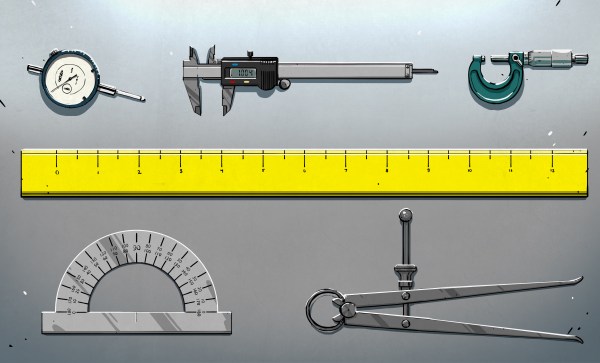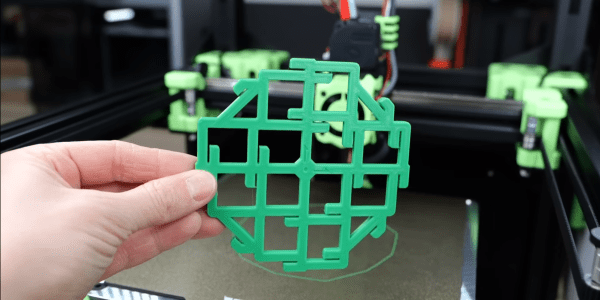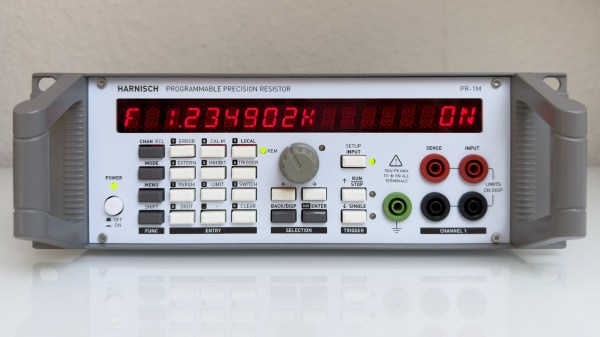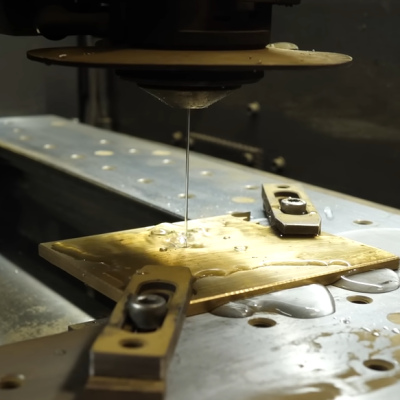This week, I had to do something I haven’t done in a long, long time: make myself a custom PCB the old-fashioned way, with laser toner and etchant. The reason? I bought a horrible K40 laser cutter, and the motion controller doesn’t seem to be able to do acceleration control, which means the machine rams full speed into and out of 90 degree corners, for instance. It sounds awful, and it dramatically limits how fast the laser cutter can run.
The plan, then, is to use a controller based on the wonderful FluidNC, but that meant making an adapter board for the flat-flex cable that connects to the X carriage, and the connector has 2 mm pin spacings instead of the usual 2.54 mm, and it just doesn’t fit into any prototyping boards that I have lying around. Besides, a custom PCB adapter board just looks neater.
I wasn’t confident that I could align and drill the dozen small holes for the flat-flex connector; they didn’t have much extra space around them for the copper pads. These holes had to be dead on, or risk ripping them up. And this is where I heard the voice of my old Jedi master.
When you have a tricky operation coming up that requires more precision than you’re immediately comfortable with, you can practice on the other parts of the project that don’t demand that much precision. Pretending that they do, and taking all the care that you can, gets you in shape to tackle the truly critical bits, and if you mess up a little on the easy stuff, it’s not a problem. I had more than a few pin-headers and other random holes to drill for practice anyway.
Now of course, you could always be giving all of your projects 100% all of the time, if time is never of the essence and effort is free. In the real world, you don’t always want to work at maximum precision. Good enough is often good enough.
But there’s also a time and a place for practicing precision, especially when you see a need for it up ahead. Drilling the big holes dead center got me back in the swing of things, and they needed to get drilled one way or the other. I find it useful to think about the job first, plan ahead where the tricky bits are going to be, and then treat the “easy” stuff along the way as practice for the more demanding operations. Hope you do too!





















